Perhaps one of the most powerful and fearsome mammals on this earth, bears have long been admired for their fearlessness and awe-inspiring strength. From ancient legends connecting bears to unconquerable warriors to teddy bears which guard and comfort children through the night, the bear is a beast which inspires courage. In this article, we’ll look at some of the major themes and symbols connected with bears as well as some of the many myths and legends which feature them. There is obviously far too much to say about bears for us to cover it all in one article, but hopefully we’ll manage to touch on the highlights!
Table of contents
Bear symbolism and meaning
The most obvious bit of symbolism attached to bears is strength. It is estimated that an adult Grizzly Bear can lift over 1,100 pounds of weight (or about 500 kilograms). A single swipe from a Grizzly Bear’s paw is said to be able to snap the spine of a wolf. It is no wonder that these massive mammals are at the top of the food chain in their habitats. The bite force of certain species of bears is said to be powerful enough to crush a bowling ball. (1)(2)
While it doesn’t happen often, people are no match for bears and do fall prey to them from time to time. Bears often symbolize the vital importance of respecting the powerful forces of nature from a safe distance. Bears are not malicious creatures. They are simply wild and should be allowed to be wild with as little human interaction as possible. (3)
On a similar note, bears are often connected with stewardship of nature in general. Smokey the Bear is the mascot of wildfire prevention. The World Wildlife Fund is represented by the Panda Bear thanks to the conservation struggles that this species has faced. Furthermore, the climate crisis is often represented by Polar Bears, which are adversely affected by the melting of the polar icecaps. (4)(5)
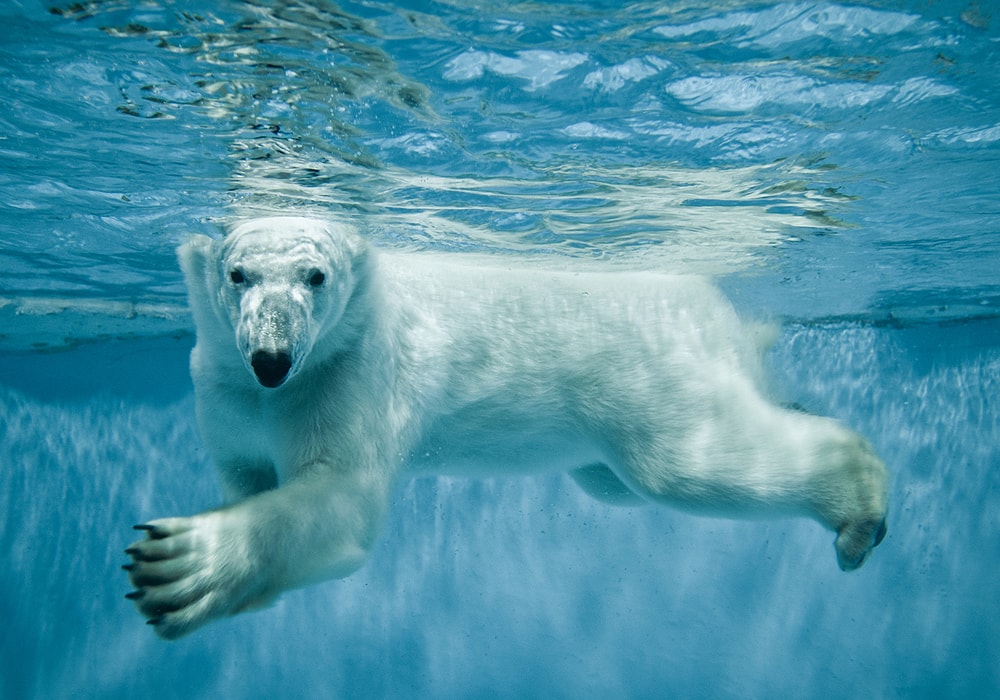
Teddy bears were invented as an homage to an event during which president Theodore “Teddy” Roosevelt refused to shoot a captive bear. Roosevelt thought it was too “unsportsmanlike” to shoot the bear, which was tied to a tree. This event inspired the first so-called Teddy bear. Nowadays, Teddy bears are thought of as cuddly nighttime companions which protect sleeping children from bad dreams. Because of this, bears are associated with warmth, cuddles, childhood, and sleep. (6)
Many bears engage in hibernation. This is a practice by which bears conserve energy during the long winter months by sleeping through them. Food is less available in winter, so the bears store up body fat and sleep until spring returns. So, bears may represent laziness, energy storage, sleep, or sluggishness.
Bear Native American symbolism
Because bears will continue to fight for survival, even after sustaining serious wounds, some Native American tribes associate the bear with healing and medicine. Many tribes also look towards bears as guardian spirits and symbols of great strength. (7)
Bears are one of the most common clan animals throughout much of the Americas. Several tribes have bear clans and these tribes look to the strength and power of the bear as a symbol of their heritage.
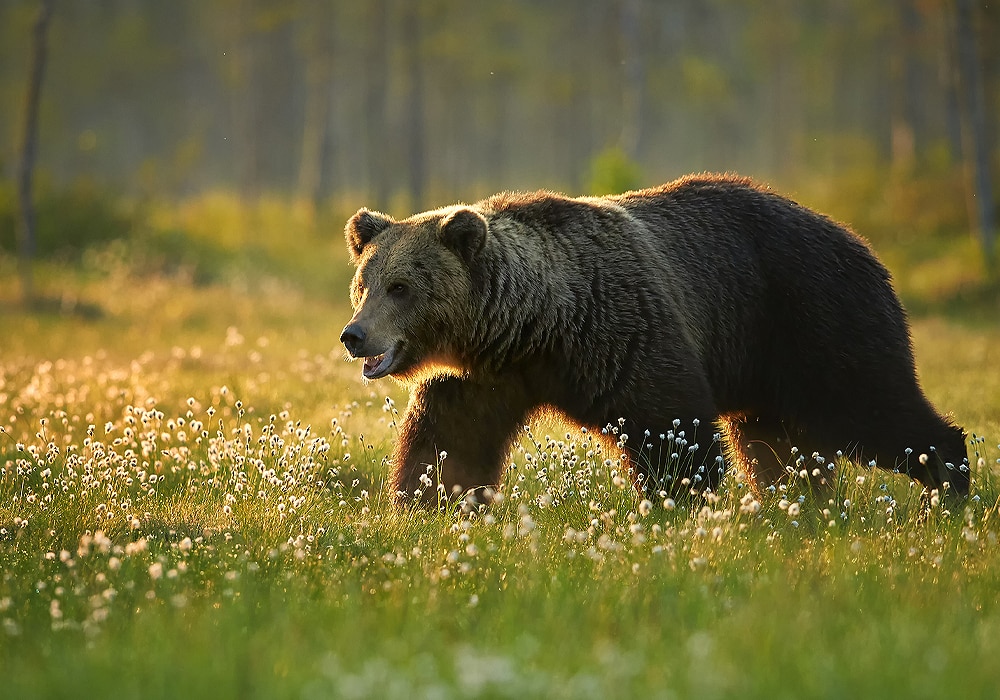
According to Mi’kmaq legend, bears spend the winter months in the spirit world. During their long hibernation, bears venture to this world in order to bring medicine back to the people. That is why there is a feast each spring when the bear returns from its spiritual journey. (8)
According to Menominee legends, weak, tired, or cold hunters could occasionally enter the den of a bear and cuddle with the animal until they gained their strength back. The bear is referred to as “Brother Bear” and is thought of as a benevolent presence. (9)
There are many more bear legends which cover a range of topics, morals, and themes. Many bear legends mythologize the motherly devotion of the female bear. Some legends treat bears as tricksters while others see them as sluggish oafs. In most stories, though, the bear is an animal which commands respect. (10)
Bear Eastern Symbolism
In China, the Panda Bear is often closely connected with ideas like patience and prosperity. Pandas are a symbol of national identity and are one of the most well-known and beloved Chinese animals.
According to legend, the role of the bear in Chinese culture was elevated by the “Yellow Emperor.” The Yellow Emperor, also known as Huangdi is a mythological figure with great significance in Chinese culture. He is said to have brought silk to China as well as many other useful inventions. The bear is a symbol that was supposedly adopted by Huangdi. (11)(12)
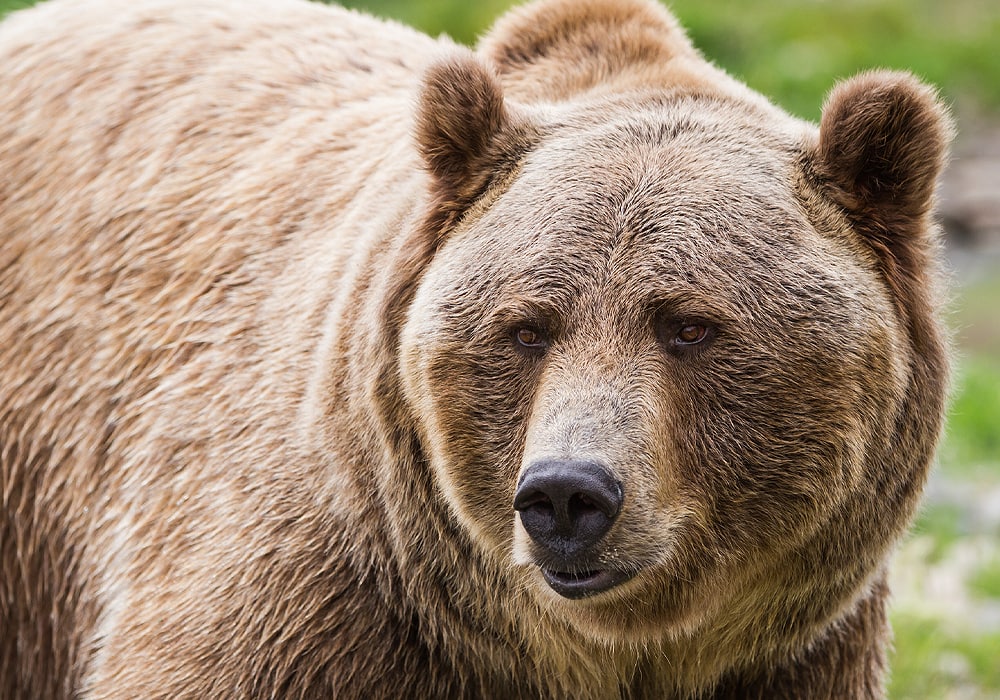
For the native Ainu people of Japan, the bear is one of the most important animals around. The Ainu people believe the bear to be the “god of the mountains.” The bear god is referred to as “Kim-un Kamui.” Many Ainu groups relied heavily on hunting bears for survival. When a bear was hunted it was believed that the bear was actually a god in disguise. The gods were believed to disguise themselves as animals and allow themselves to be hunted in order to provide meat and other useful things to the Ainu people. Treating bears respectfully and thanking them for their sacrifice is a major ritualistic aspect of Ainu culture. (13)
Bear Christianity symbolism
In the Bible, bears appear as symbols of might and ferocity. Most of these instances treat bears as monstrous being deserving of fear, however unable to harm those whom God protects. In one passage, the bear acts on the orders of God and punishes a group of children who were harassing one of his followers.
“But David said to Saul, “Your servant has been keeping his father’s sheep. When a lion or a bear came and carried off a sheep from the flock, I went after it, struck it and rescued the sheep from its mouth. When it turned on me, I seized it by its hair, struck it and killed it.”‘
— 1 Samuel 17:34-35 (14)
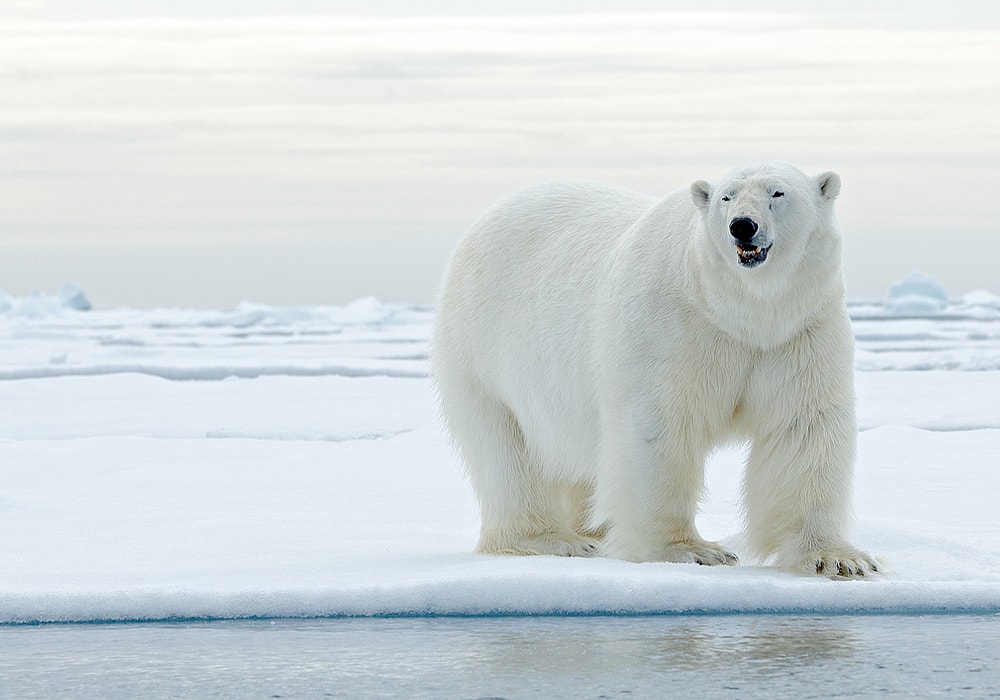
“Hushai replied to Absalom, “The advice Ahithophel has given is not good this time. You know your father and his men; they are fighters, and as fierce as a wild bear robbed of her cubs. Besides, your father is an experienced fighter; he will not spend the night with the troops. Even now, he is hidden in a cave or some other place. If he should attack your troops first, whoever hears about it will say, ‘There has been a slaughter among the troops who follow Absalom.’”
— 2 Samuel 17:7-9 (15)
“From there Elisha went up to Bethel. As he was walking along the road, some boys came out of the town and jeered at him. “Get out of here, baldy!” they said. “Get out of here, baldy!” He turned around, looked at them and called down a curse on them in the name of the Lord. Then two bears came out of the woods and mauled forty-two of the boys. And he went on to Mount Carmel and from there returned to Samaria.”
— 2 Kings 2:23-25 (16)
While bears are generally portrayed as negative, the Bible does acknowledge the incredible strength of the bear. On more than one occasion, believers are urged to trust in God to protect them from such fierce creatures. (17)
Bear Celtic symbolism
The bear is strongly connected with strength and leadership in much of Celtic symbolism. The legendary King Arthur’s name comes from the old Welsh words “arth” meaning “bear” and “gwr” meaning “man.” Arthur is thought of as embodying the strength and power of the mighty bear. (18)
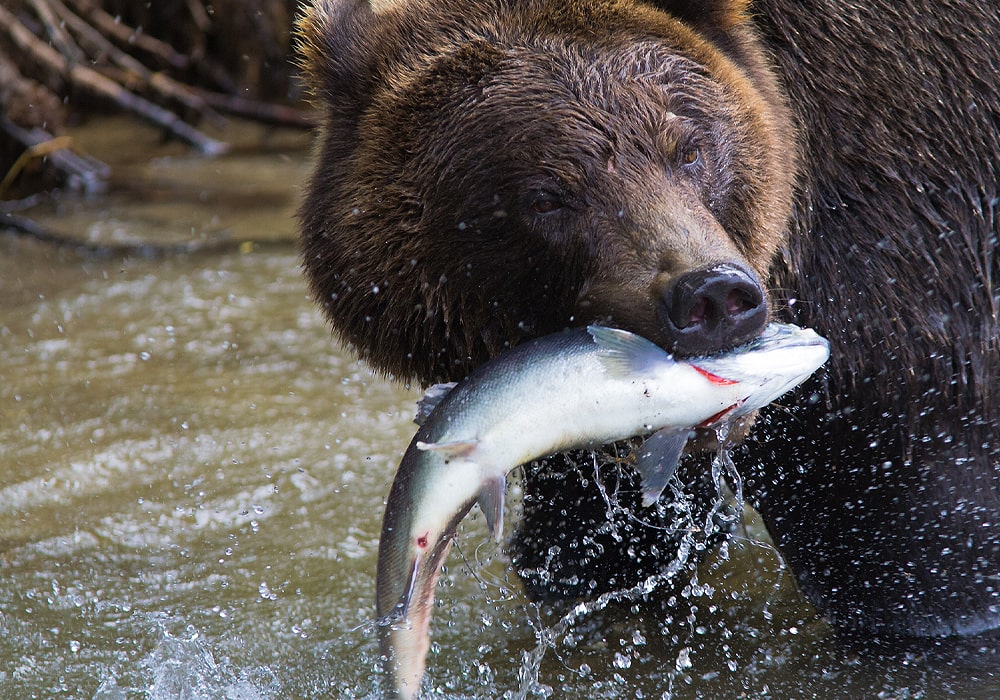
The Celtic bear goddess, Artio, was venerated by druids as the ultimate symbol of the hunt and of the awe-inspiring power of nature.
Bears are associated with warriors, kings, and hunters. They are the animal that is most connected with great leaders and wise leadership. (19)
Bear African symbolism
While bears are not found in Africa, there are legends surrounding a bear-like cryptid which is known as the “Nandi Bear.” People claim that the Nandi Bear roams Kenya and East Africa and menaces people who find themselves alone on the Savannah. The Nandi Bear is usually described as resembling a combination of a Grizzly Bear or Brown Bear and a massive hyena. (20)

Bear in dreams
Dreaming of a bear might be a sign that you need to gather your strength for an upcoming trial. Bears spend the autumn season conserving and storing energy in order to be ready to face the unforgiving cold of winter. Bears store fat and then hibernate to let these lean times pass them by. Dreaming of a bear may be a reminder to both enjoy and make good use of times of plenty and be prepared for difficult times which may follow.

Bear dreams may also represent a situation where one feels overpowered or helpless. Bears are simply too strong for humans to face and should be given plenty of distance. Dreaming of a bear can indicate danger or anxiety. (21)
Dreams involving Teddy bears relate to childhood and innocence.
Bear encounters and omens
Encounters with bears are a serious and dangerous business. They should not be sought out or taken lightly. At safe distances, bears may remind us of the wild beauty of nature, but when they are too close, they are a major cause for concern.
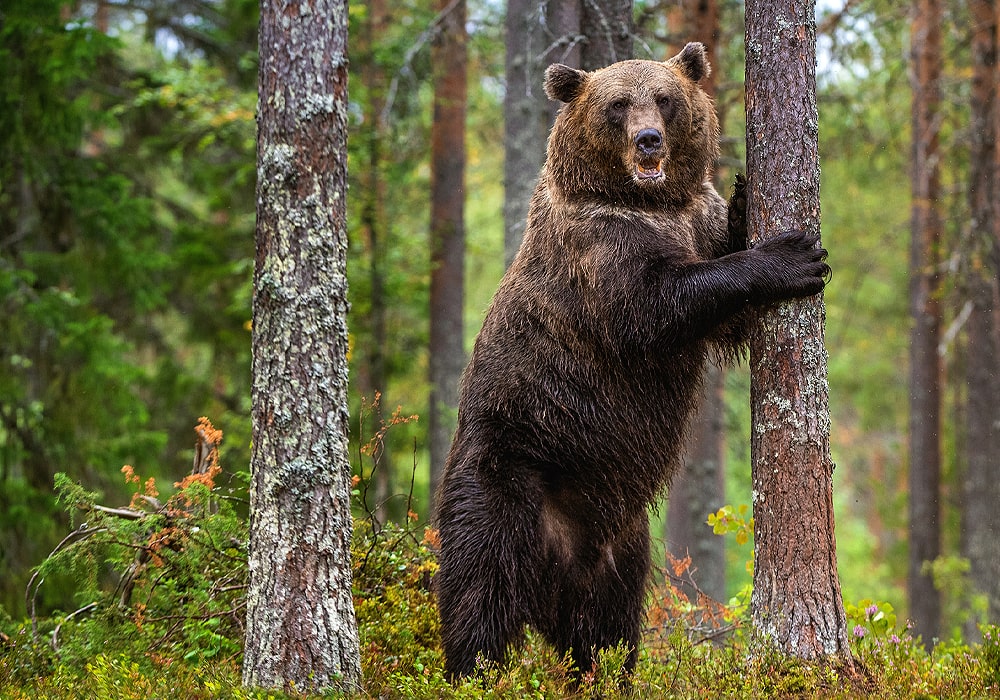
Encountering bears might indicate curiosity, as bears are very curious about their surroundings and love to explore and get into trouble.
A bear encounter may also relate to family or motherhood. Mother bears are notoriously protective and fierce. An encounter with a family of bears might refer to an overprotective parent.
Bear mythology and folklore
Bears appear in mythology from around the world. According to Greek mythology, the Ursa Major constellation was formed when a beautiful woman named Callisto was transformed into a bear. Callisto’s beauty had attracted the attention of Zeus which made his wife, Hera, jealous. Hera transformed Callisto into a bear, separating her from her family. In this form, Callisto wandered around until she saw her son hunting in the woods one day. Forgetting that he would not recognize her, Callisto bounded up to her son who shot the charging bear. Taking pity on poor Callisto, Zeus rescued her and turned both Callisto and her son into bears. To protect them from Hera, Zeus placed them in the sky as stars. (22)
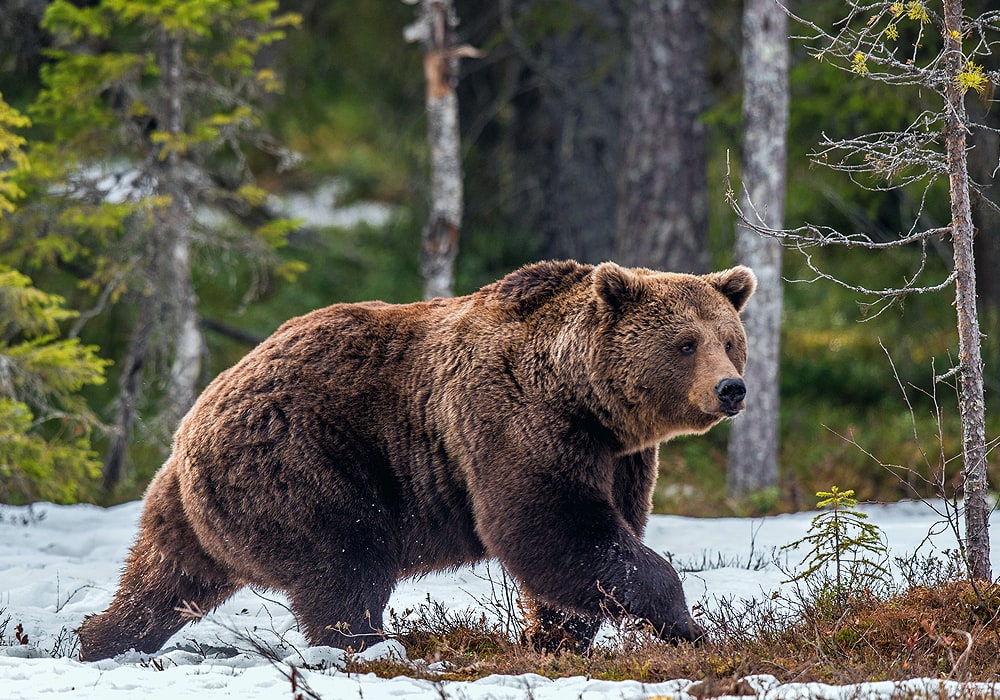
Beowulf, the Danish hero from the self-titled epic poem, is connected with bears. Beowulf’s named means “bee wolf,” which is another way of saying “bear.” According to legend, Beowulf was a great hero who slew several fearsome monsters before dying in his final battle with a dragon. (23)(24)
Bear spirit animal
If your spirit animal is a bear then you are likely a strong leader and a level-headed person who is not troubled by minor obstacles. The bear spirit animal can endure any situation and is not deterred by setbacks.
People with the bear as their spirit animal are strong-willed and may be stubborn at times. The bear spirit animal is not accustomed to backing down. This means that in conflict situations, people may find the bear spirit to be pushy or aggressive. The bear spirit is truly protective and will not abandon its sense of justice. (25)
Bear totem animal
The bear totem animal is associated with energy, healing, and rest. The bar totem is powerful, but it would not be able to maintain this power without storing up energy and resting during difficult times. People with the bear totem are high-achievers who must heal and recharge in order to maintain their pace.
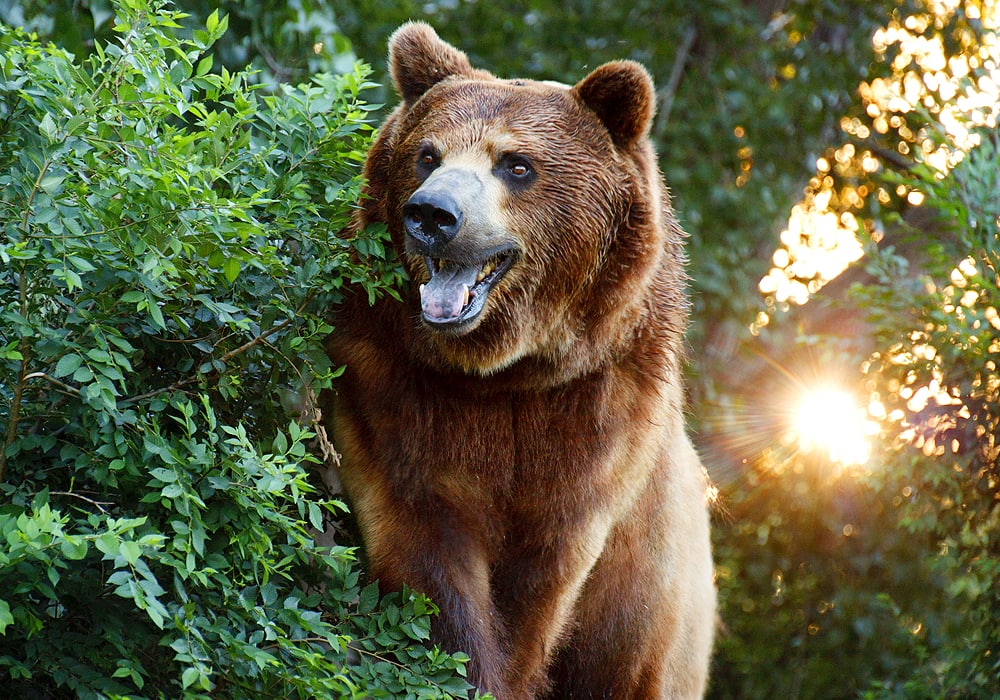
The bear totem is an expert at relaxation. People with this totem animal love to unwind and enjoy a serene environment. They are introverted and would rather be alone in a hot bath than partying with friends. (26)
Bear power animal
The power of the bear is raw strength. There are few animals which can even come close to matching the bear when it comes to pure muscle. Having the bear as a power animal is a rare and exceptional gift. People with the bear as their power animal have the mental fortitude to handle anything that life throws at them.
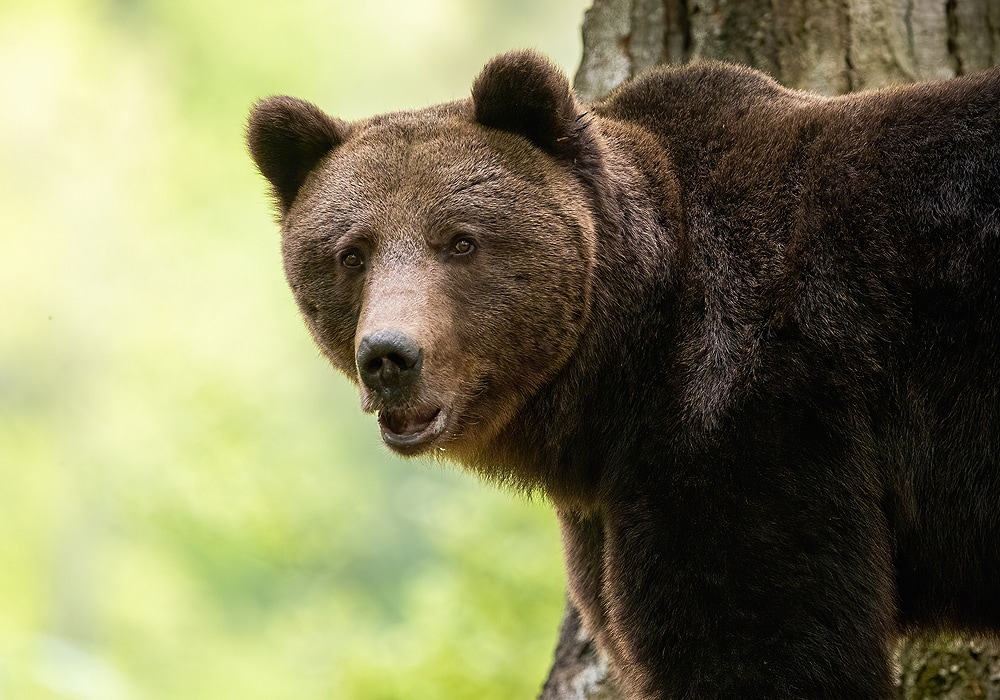
The bear power animal is protective above all else. People with the bear power animal are driven by the urge to defend the things that matter to them with their entire life.
Bear tattoo meaning
A bear tattoo may represent strength, leadership, comfort, or endurance. For a parent, a bear tattoo may represent the loving and protective bond of the “Mama Bear” and her cubs.
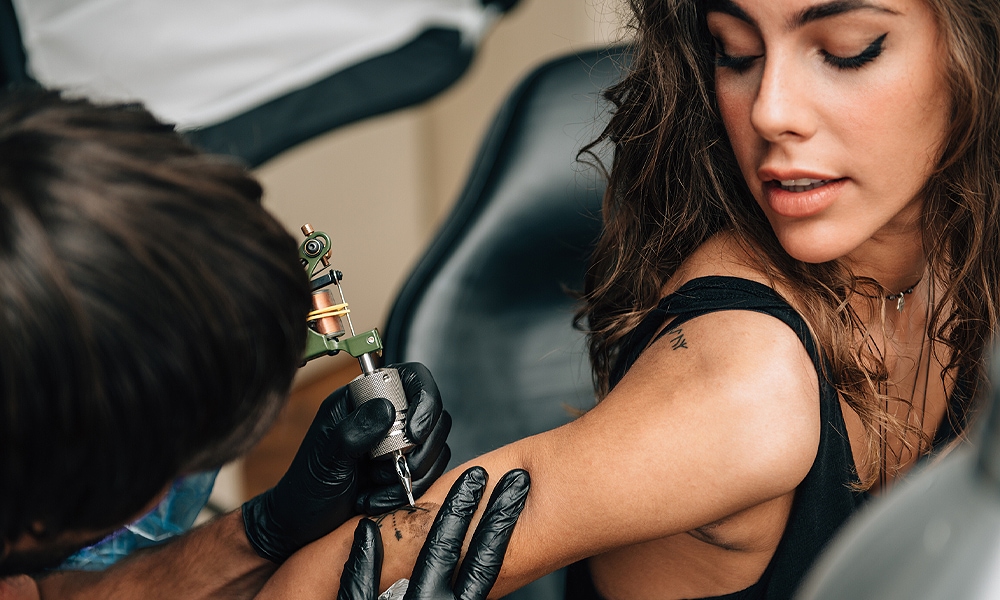
A bear tattoo may also represent conservation, stewardship, or ecology.
Bear tattoos that are more cartoonish or fairytale-oriented may represent story-telling, innocence, or childhood.
Conclusion
There are a million bear stories which we were not able to cover here. You could dedicate an entire website to the discussion of bears in fairytales and folk legends. From Goldilocks and the Three Bears to Winnie the Pooh, bears seem to be a fan-favorite animal when it comes to storytelling. It isn’t hard to see why. In fact, legends like Beowulf, remind us that our ancestors have been drawn to these incredible beasts for centuries upon centuries.
Related
